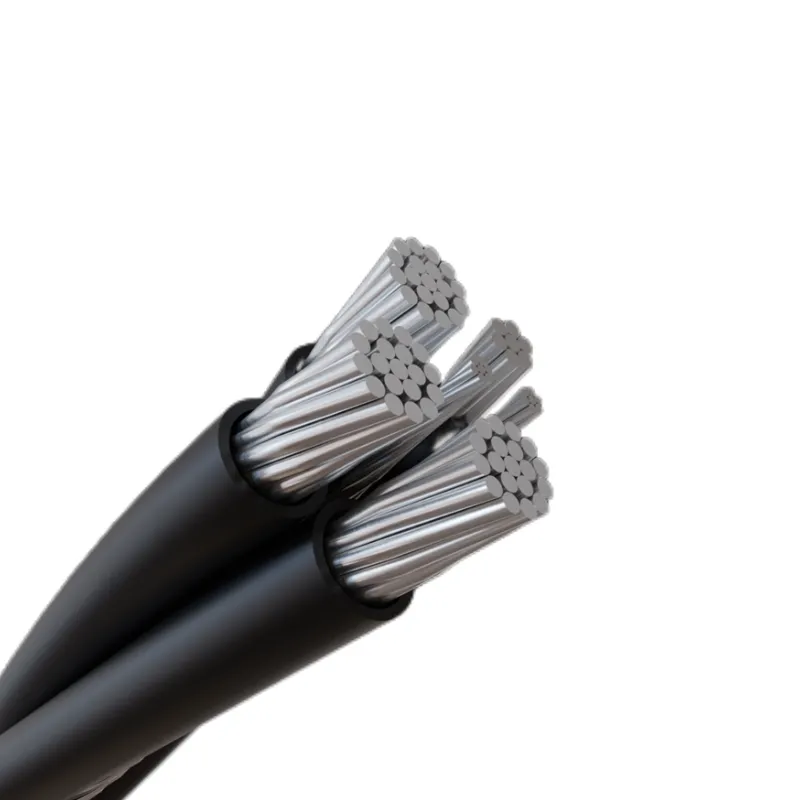Time: 2025-06-09 07:50:12 Source: Henan Province Jianyun Cable Co., Ltd.
Overhead insulated cables are widely used for low and medium voltage power distribution in urban and rural areas. They offer enhanced safety and lower maintenance compared to bare conductors. This guide outlines the essential steps and precautions for successful installation.

Choose cables and accessories that meet IEC, ASTM, or local standards. Refer to the table below for a typical example:
| Component | Description |
|---|---|
| Insulated Cable | XLPE-insulated aluminum core cable, rated 0.6/1kV or higher |
| Poles | Steel or concrete, designed to withstand mechanical load |
| Suspension Clamps | Used to attach the cable to the pole at proper tension |
| Dead-end Clamps | Anchors the cable at endpoints and corners |
| Issue | Possible Cause | Solution |
|---|---|---|
| Excessive Sag | Improper tensioning or long spans | Recalculate span or increase tension carefully |
| Damaged Insulation | Friction during stringing | Use protective rollers and slow, controlled pull |
| Pole Leaning | Weak foundation or incorrect installation | Reinstall pole with proper concrete base and bracing |
Proper planning and execution are key to a safe and efficient overhead insulated cable installation. Adhering to technical standards and safety measures ensures long-term reliability and performance of the power distribution system.